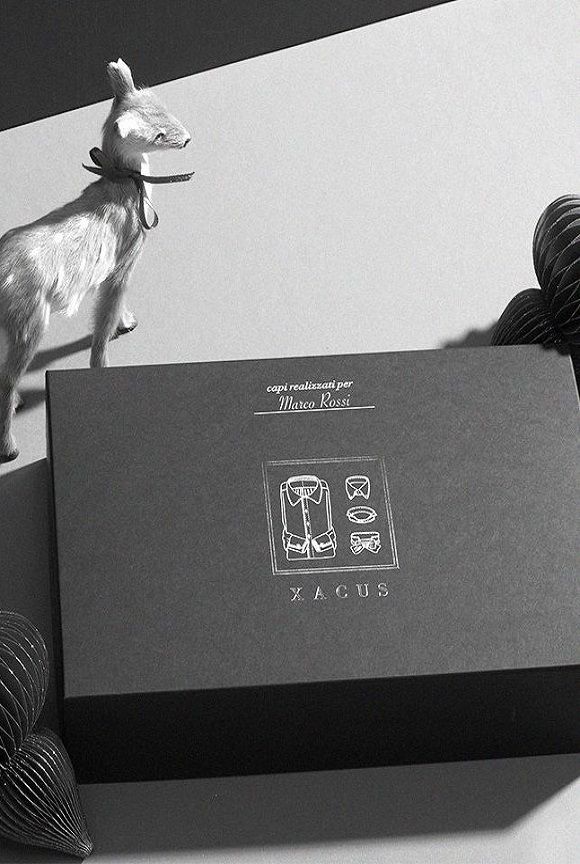What do men’s and women’s shirts have in common? They come from the same roots
And in what way are they different? In their evolution. To talk about the origins of women’s shirtswe have to take a leap backwards into the past and return to ancient Roman times, when the Tunica Interior was worn; this was a long, wide, T-shaped dress with full sleeves, made of linen or natural cotton. Right up until the Middle Ages, it was worn by both men and women as an undergarment, and therefore to be put on under the clothes and not on show.
With the advent of the Crusades and goods imported into Europe from Persia, the woman’s tunic was replaced by the Camis and shirts then started to assume the common shape and structure we know today. They became shorter, sleeves were cut individually and then sewn onto the body of the garment, and the chest opening was more rounded and open. And it’s also at this point in its history that the woman’s shirt began to be differentiated by gender, as the female garment became distinct from the male one.
This evolution began in Tuscany in Italy – the cradle of the earliest Renaissance. At that time, they started to think of women’s shirts as garments to beautify, to be embellished and worn on the outside. Moreover, shirts worn by women were more valuable than men’s shirts because they were more precious and refined. This was because they were made directly in the home with high-class linen fabrics called “Pannilini” (from the name of a noble and influential Sienese family) and enhanced with embroidery in gold, silver and silk threads. So in the 1400s the shirt started to have its own identity, with details that dictated the fashion of the times: it could be seen only at certain points on the female dress such as the neckline, along the vertical cut inserted into the dress or through the “little windows” on the sleeves from which the shirt puffed out.

